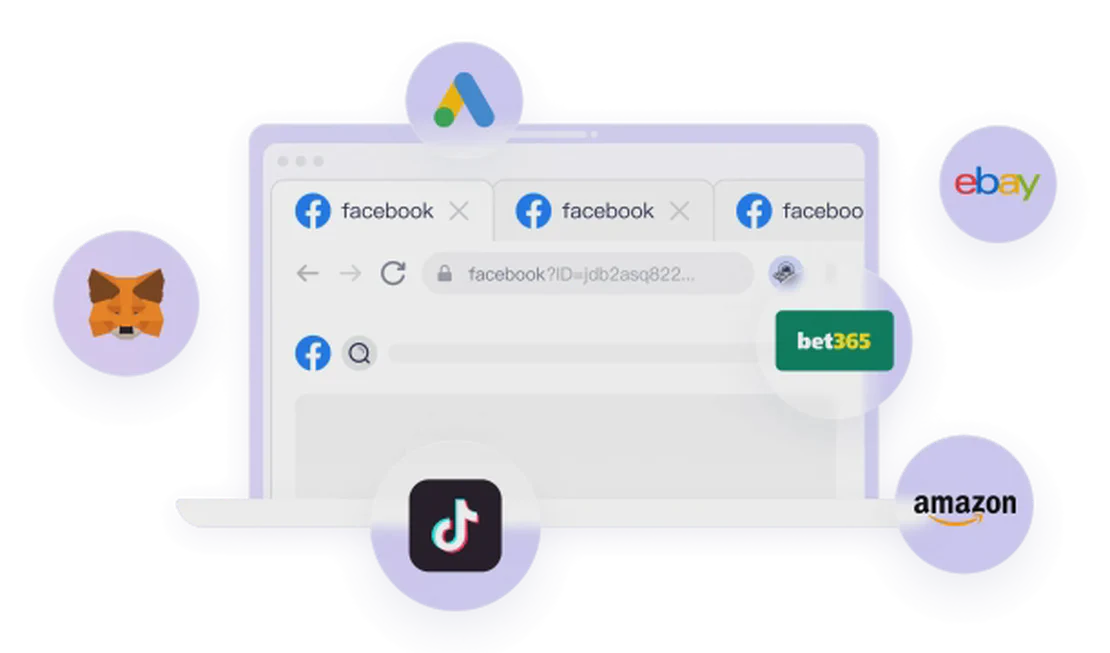What is Blockchain?
Blockchain is a decentralized digital ledger technology that securely records transactions across multiple computers in a way that the registered transactions cannot be altered retroactively. It utilizes cryptography to safeguard data integrity and relies on a consensus mechanism to ensure all copies of the ledger remain in sync.
Key Components of Blockchain:
- Blocks: Each block contains a list of transactions, a timestamp, and a reference (hash) to the previous block, effectively creating a chain.
- Nodes: Individual computers or devices that participate in the blockchain network, validating and storing copies of the entire chain.
- Consensus Mechanism: Protocols like Proof of Work (PoW) or Proof of Stake (PoS) make sure all nodes agree on transaction validity.
- Cryptography: Secure hashing algorithms ensure that transactions and data are tamper-proof and verifiable.
How Does Blockchain Work?
- Transaction Initiation: A user initiates a transaction that needs to be recorded on the blockchain.
- Verification: The transaction is broadcasted to the network, where nodes validate it using a consensus mechanism.
- Block Formation: Once verified, the transaction is compiled into a block with other transactions.
- Chain Addition: The new block is added to the existing chain, making the transaction immutable.
- Replication: All nodes receive a copy of the updated blockchain, ensuring synchronization.
Applications of Blockchain:
Cryptocurrencies: The most well-known application, with Bitcoin and Ethereum being prime examples. Blockchain provides the underlying framework for secure and decentralized currency exchange.
Smart Contracts: Self-executing contracts with the terms directly written into code, allowing automated and trustless transactions between parties without intermediaries.
Supply Chain Management: Enables transparent tracking of goods and materials from origin to consumer, improving efficiency and traceability.
Healthcare: Securely stores patient records that can be accessed and verified by multiple healthcare providers while maintaining patient privacy.
Voting Systems: Provides a secure and transparent voting mechanism, reducing the risk of fraud and increasing trust in electoral processes.
Conclusion
Blockchain technology represents a transformative shift in how data and transactions are managed. Its decentralized nature ensures transparency, security, and efficiency, making it applicable across various sectors, from finance to logistics to healthcare. As the technology matures, its potential applications continue to swell, promising new opportunities for innovation and growth.
You May Also Like
